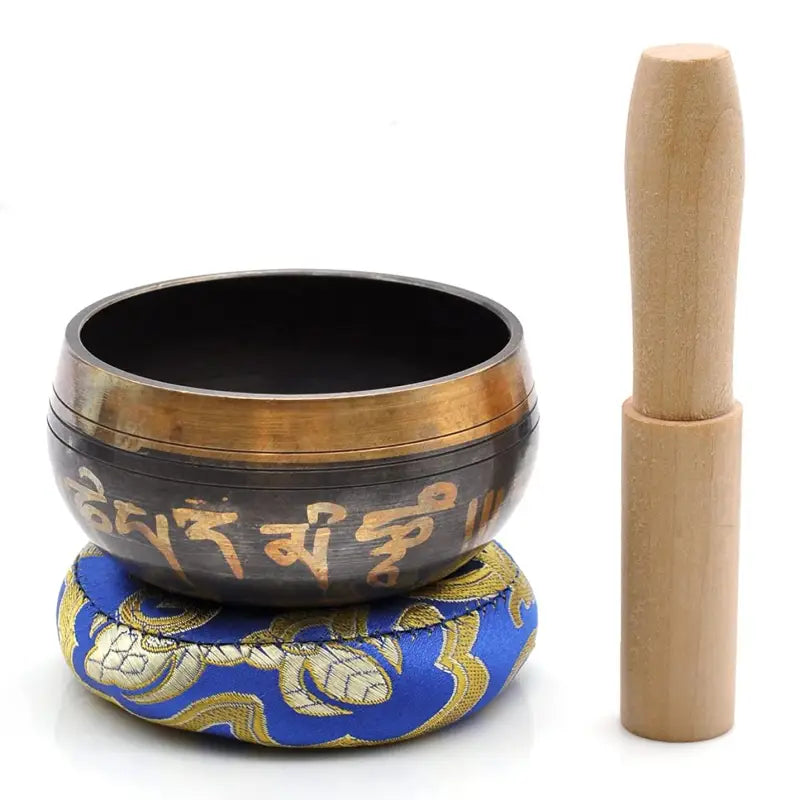How to meditate Buddhism?
Meditation is an essential practice in Buddhism. It offers a way to calm the mind, cultivate mindfulness and develop wisdom. Buddhist meditation may seem complex to beginners, but with patience and practice it can become a source of calm and clarity. In this article we will explore how to meditate according to the principles of Buddhism and the different approaches that can be used.
Breathing as a point of focus
A common meditation technique in Buddhism is to use the breath as a point of focus. Sit in a comfortable position, close your eyes and focus your attention on your breathing. Feel the movement of air in your nose, throat and chest. Observe the sensations of inhaling and exhaling. Whenever your mind begins to wander into thoughts, gently bring your attention back to your breathing. This practice helps you develop mindfulness and cultivate concentration.
It is important to note that meditation is not about suppressing thoughts, but rather observing them without judgment and letting them pass. Accept the thoughts that come and return to your breathing. Over time, you may find that your mind becomes calmer and more focused.
Seated meditation
Sitting meditation is a key practice in Buddhism. Sit on a cushion or comfortable chair with your legs crossed or your feet resting on the floor. Keep your back straight but relaxed. Close your eyes or keep them slightly open with your gaze downcast. Pay attention to your breathing or use a mantra to help you focus. Practice this meditation for a few minutes each day and gradually increase the duration as you feel more comfortable.
Sitting meditation can be challenging, especially for those who have difficulty sitting still for long periods of time. Be patient with yourself and don't judge yourself. Start with short sessions and gradually increase the duration. Consistency and regularity are essential in this practice.
Walking meditation
Walking meditation is another common practice in Buddhism. Choose a quiet, safe place to walk, preferably outside. Walk slowly and deliberately, paying attention to each step. Feel the pressure of your feet on the ground, the swing of your arms and the air caressing your face. If your mind begins to wander into thoughts, gently bring your attention back to the feeling of walking. This practice is ideal for cultivating mindfulness in daily activities.
Walking meditation can be practiced informally in your daily life. Just take a few moments to focus on your steps and be fully present in each moment.
The importance of kindness and compassion
Meditation in Buddhism is not limited to just focusing on breathing. It also involves the development of qualities such as kindness and compassion towards oneself and others. Take a few moments at the start of your meditation session to cultivate kindness towards yourself. Wish you good, happiness and peace. Then extend that kindness to others, whether it's your loved ones, your friends, strangers, or even people you're having difficulty with.
Kindness towards oneself
Self-kindness is a practice that can help cultivate self-love and overcome self-criticism and judgment. Take a few moments each day to repeat kind phrases to yourself, such as “May I be safe, healthy, happy, and at peace.” Be patient with yourself and treat yourself with kindness and compassion.
Kindness towards oneself is also a practice that can be extended to others. By cultivating a kind mindset toward yourself, you will be more likely to feel compassion and kindness toward others.
Compassion towards others
Compassion towards others is an essential quality in Buddhism. Meditation can help you develop this compassion by allowing you to empathically feel the suffering of others. Take a few moments to think about the pain others may be feeling and try to cultivate a sense of compassion towards them. Wish them well-being, healing and happiness.
Compassion for others can also be demonstrated through concrete acts of kindness and helping. Be attentive to the needs of others and look for ways to alleviate their suffering and provide comfort.
The importance of perseverance and patience
Meditation in Buddhism requires perseverance and patience. It is important to understand that meditation does not produce immediate results. Mindfulness and wisdom develop with time and regular practice.
Be persistent in your meditation practice. Start with short sessions and gradually increase the duration. Even if you feel like you're not progressing, continue to practice regularly. Each meditation session is an opportunity to cultivate mindfulness and deepen your understanding of yourself and the world around you.
Patience with yourself
Patience with oneself is a necessary quality for a successful meditation practice. Don't expect immediate results or perfect meditation mastery. Accept that every meditation session is different and that challenges may arise. Be patient with yourself and remember that meditation is a path of learning and personal growth.
Patience with oneself also manifests itself in the process of developing mindfulness and wisdom. Don't rush towards unrealistic goals or expectations. Give yourself the time you need to explore and understand your own mind.
Perseverance and patience in daily life
The perseverance and patience developed through meditation can also be applied in daily life. When faced with life's challenges and difficulties, use these qualities to remain calm, resilient and centered. Meditation allows you to cultivate a broader perspective and step back from stressful situations.
In conclusion, meditation in Buddhism offers a path to cultivating mindfulness, loving-kindness and wisdom. It takes practice, perseverance and patience, but can provide profound benefits for mental and emotional well-being. Try engaging in a regular meditation practice and see how it can enrich your life.















































